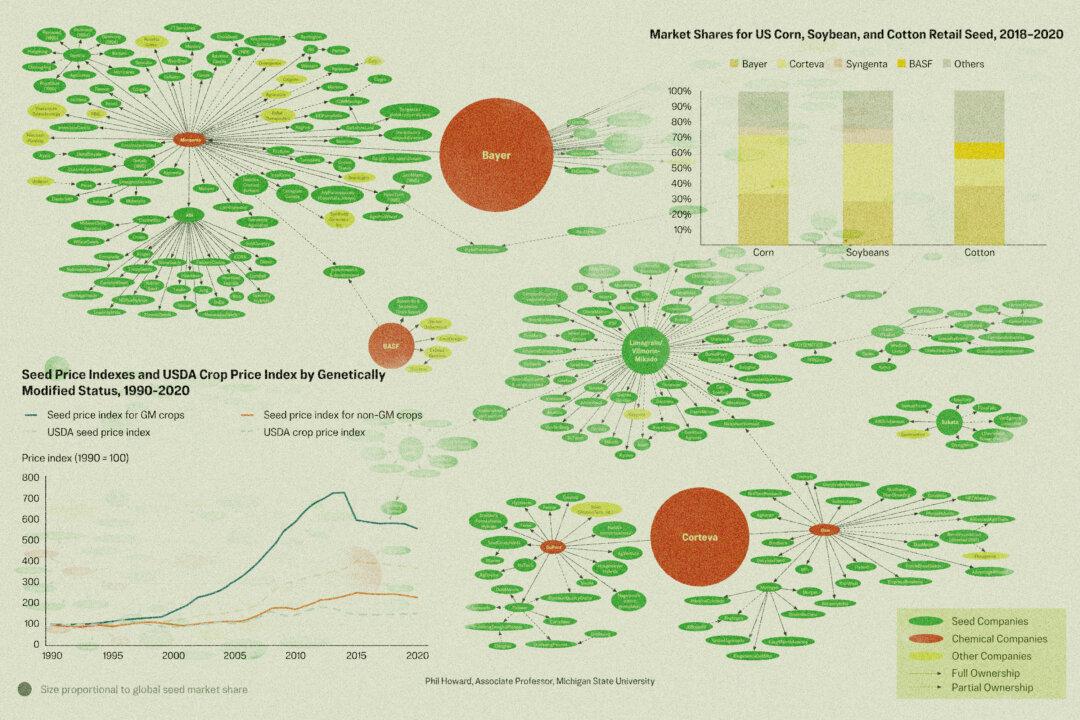As the snow flies and temperatures plummet, regulatory agencies and analysts alike warn that residents in multiple U.S. states are at an elevated risk of dangerous winter blackouts.
States such as Texas and North Carolina, and also the Great Lakes and New England regions are in the highest risk category, according to a report from the North American Electric Reliability Council (NERC).





